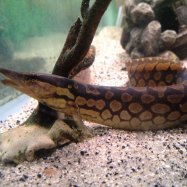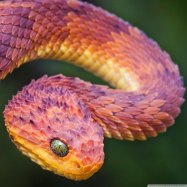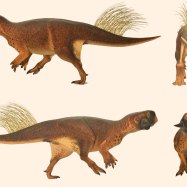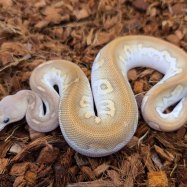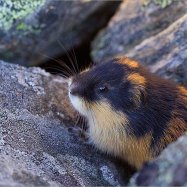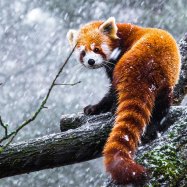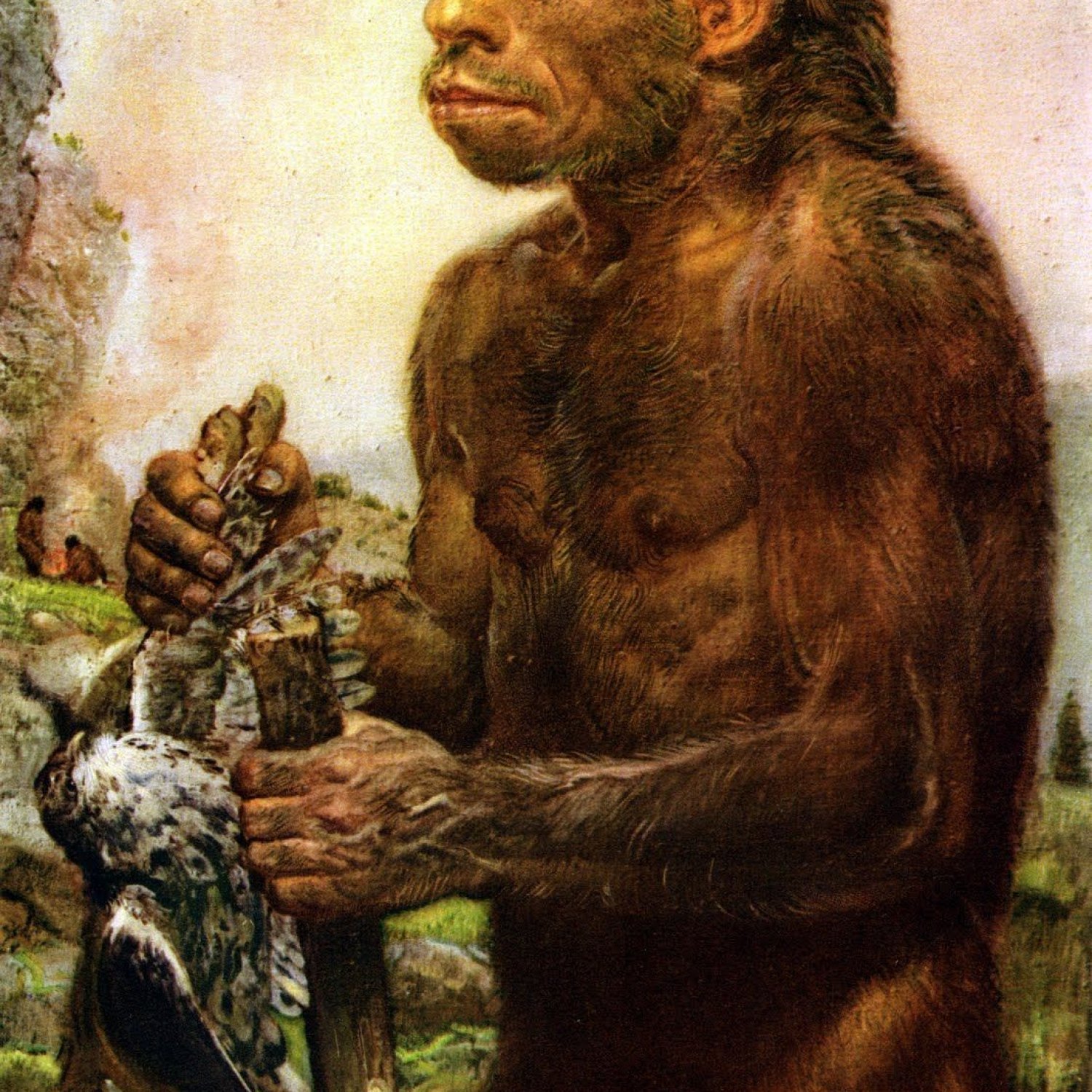
Neanderthal
Approximately 5.3 to 5.9 feet (1.6 to 1.8 meters)
Neanderthals were a species of ancient human, with a height ranging from 5.3 to 5.9 feet. They lived in caves and open landscapes, and were part of the Hominidae family. Their body shape was similar to modern humans. Learn more about these fascinating creatures! #Neanderthals #Hominidae #AncientHumans
Animal Details Summary:
Common Name: Neanderthal
Kingdom: Animalia
Habitat: Terrestrial
The Mysterious Neanderthal: A Fascinating Species Lost to Time
The world is full of mysteries, and one of the biggest puzzles that scientists have been trying to solve for decades is the story of our ancient ancestors - the Neanderthals. These mysterious creatures lived on Earth more than 40,000 years ago, and even though they are classified as a separate species from modern humans, they share a common ancestor and are considered our closest extinct relatives. Despite their extinction, the Neanderthal legacy lives on through genetics, and their story continues to fascinate and intrigue people to this day.An Ancient Primordial Being: The Neanderthal
Scientifically known as Homo neanderthalensis, the Neanderthal was a species of archaic humans that lived during the Pleistocene epoch, roughly 400,000 to 40,000 years ago Neanderthal. They were well-adapted to the harsh glacial environment of Europe and Western Asia, with a sturdy build, thick bones, and a large brain. This helped them survive in their hostile surroundings, where food and resources were scarce.The Neanderthal, also commonly referred to as "Neanderthal man," were the dominant human species before the emergence of modern humans
A Part of the Animal Kingdom: Classification of the Neanderthal
The Neanderthal belongs to the kingdom Animalia, which includes all animals on Earth. They are classified under the phylum Chordata, which encompasses all animals with a spinal cord. As primates, Neanderthals fall under the class Mammalia, which includes all mammals. And as part of the order Primates, they are closely related to other great apes such as chimpanzees, gorillas, and orangutans Nigerian Goat.Neanderthals were part of the family Hominidae, which includes all the great apes as well as humans. This classification shows the close evolutionary relationship between the Neanderthals and modern humans, with whom we share a common ancestor.
Exploring the Neanderthal Habitat
Neanderthals were a terrestrial species, meaning they lived on land, unlike some other hominins who spent a considerable amount of time in trees. Their geographical distribution was primarily in Europe and Western Asia, and they were found in countries such as Germany, Belgium, France, Croatia, Ukraine, and Israel. These regions were dominated by a cold and harsh climate, with arctic-like conditions that were challenging to survive in.Unlike modern humans who preferred living in caves and shelters, Neanderthals were also known to live in open landscapes, using natural features such as rocks and trees to build their shelter. This shows their high level of adaptability and survival skills in their challenging surroundings.
The Omnivorous Diet of the Neanderthal
Like many other primates, Neanderthals were omnivorous, meaning they consumed both plant and animal-based foods. Due to their limited food resources, they had to be opportunistic and adaptable in their diet. They hunted large game such as reindeer, bison, and mammoths, and also foraged for plants, berries, and nuts.Recent studies have revealed that their diet also included cooked vegetables, which suggests that they had control over fire and were capable of cooking their food. This level of intelligence and resourcefulness is a testament to their advanced cognitive abilities.
The Colorful Neanderthal
When most people think of Neanderthals, they imagine a dark-skinned, dark-haired and bearded creature, but the reality is far more complex and colorful. Recent scientific studies have revealed that Neanderthals had varying skin tones, ranging from pale to dark, just like modern humans. This variability was due to their adaptation to different environments and levels of sun exposure.Their hair color also varied, with some having light-colored hair, while others had black or brown hair. These findings challenge the stereotypical image of Neanderthals and prove that they were a diverse species just like modern humans.
The Physical Similarities with Modern Humans
One of the most intriguing aspects of Neanderthal anatomy is their physical resemblance to modern humans. In fact, they were so similar that if a Neanderthal were to walk past usTheir significant physical adaptations were their robust bone structures and muscular builds, which helped them survive in their harsh environment. They also had a large brain, about the same size as modern humans, which further highlights their advanced cognitive abilities.
The End of an Era: The Extinction of Neanderthals
Despite their physical similarities and advanced cognitive abilities, the Neanderthals eventually went extinct. The cause of their extinction remains a mystery, with theories ranging from climate change, competition with modern humans, to interbreeding. Recent genetic studies have shown that modern humans did interbreed with Neanderthals, and many people today carry a small percentage of Neanderthal DNA.Whatever the cause may be, it is clear that the Neanderthals were an extraordinary species that left a lasting mark on the evolution and history of modern humans.
The Neanderthal Legacy
Although Neanderthals may no longer exist as a species, their legacy lives on through genetics and their influence on modern humans. Their advanced cognitive abilities and adaptability in harsh environments have contributed to the success of our species. Studying Neanderthals also helps us understand our own evolutionary history and how we came to be the dominant species on Earth.Their story is a reminder of the wonders of the natural world and the mysteries that still lie waiting to be uncovered. While we may never fully understand the Neanderthals, one thing is for sure – they will continue to captivate our imaginations for years to come.

Neanderthal
Animal Details Neanderthal - Scientific Name: Homo neanderthalensis
- Category: Animals N
- Scientific Name: Homo neanderthalensis
- Common Name: Neanderthal
- Kingdom: Animalia
- Phylum: Chordata
- Class: Mammalia
- Order: Primates
- Family: Hominidae
- Habitat: Terrestrial
- Feeding Method: Omnivorous
- Geographical Distribution: Europe, Western Asia
- Country of Origin: Germany, Belgium, France, Croatia, Ukraine, Israel
- Location: Caves and open landscapes
- Animal Coloration: Pale to dark skin tones, varying hair color
- Body Shape: Similar to modern humans
- Length: Approximately 5.3 to 5.9 feet (1.6 to 1.8 meters)
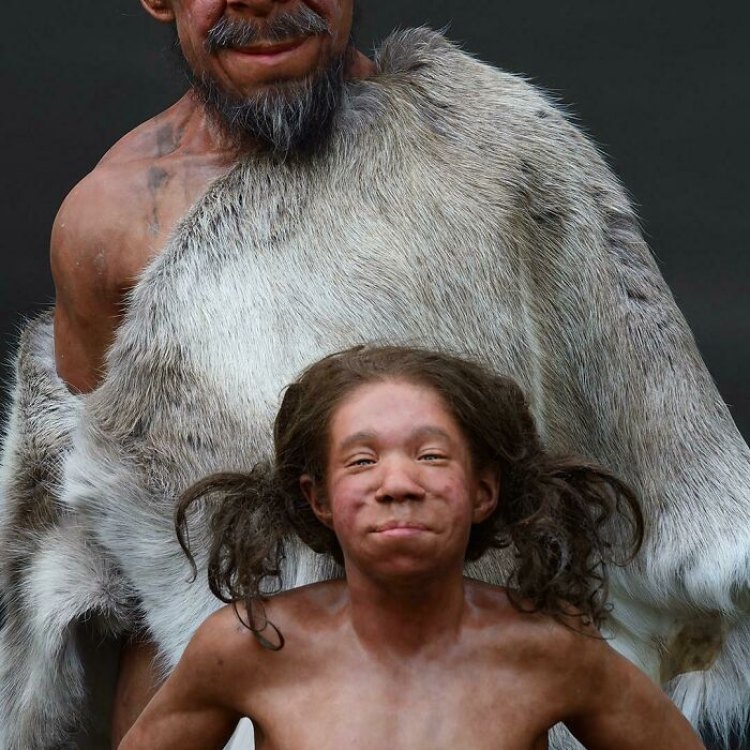
Neanderthal
- Adult Size: Similar to modern humans
- Average Lifespan: Estimated 30 to 40 years
- Reproduction: Sexual reproduction
- Reproductive Behavior: Similar to modern humans
- Sound or Call: Unknown, possibly communicative
- Migration Pattern: No evidence of long-distance migration
- Social Groups: Lived in small groups or family units
- Behavior: Similar to modern humans, capable of complex tools and symbolic expression
- Threats: Competition with modern humans, changing climate
- Conservation Status: Extinct
- Impact on Ecosystem: Unknown
- Human Use: None
- Distinctive Features: Strong, robust build; prominent brow ridge; receding chin
- Interesting Facts: Closest extinct relative of modern humans; interbred with early humans
- Predator: No significant predators
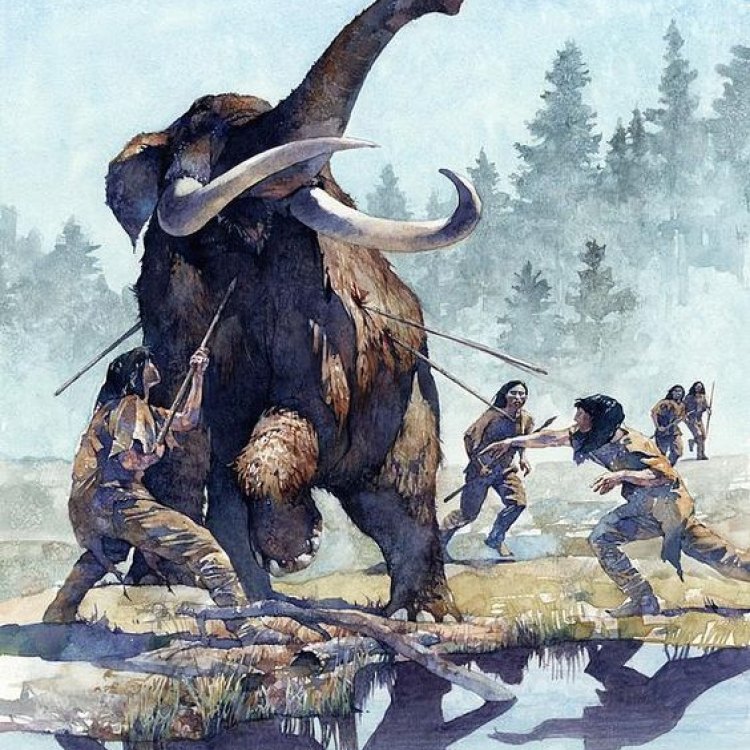
Homo neanderthalensis
The Mysterious and Fascinating Neanderthals: Our Closest Extinct Relatives
When one thinks of our ancient and prehistoric ancestors, the image of the Neanderthal often comes to mind. These robust and strong beings have captured our imagination, sparking curiosity and fascination for generations. But what do we really know about these individuals who walked the Earth more than 40,000 years ago? In this article, we will delve into the unique features and behaviors of Neanderthals and uncover the mysteries surrounding their existence.Adult Size and Average Lifespan
Neanderthals were similar in size to modern humans, with the average height of adult males ranging from 5'5" to 5'7" and adult females being slightly shorter PeaceOfAnimals.Com. This suggests that they had a similar lifespan to modern humans as well. It is estimated that Neanderthals lived for around 30 to 40 years, which is comparable to the early humans of that time period.Reproduction and Reproductive Behavior
Neanderthals reproduced through sexual reproduction, like modern humans. Their reproductive behavior was also similar to ours, with evidence of long-term pair bonding and care for offspring. This suggests that they had a strong familial structure and were capable of forming emotional connections, much like modern humans.Sound or Call
There is limited evidence on the sound or call of Neanderthals, making it difficult to determine if they had a language or form of communication. However, some studies suggest that they may have had the ability to make complex sounds, similar to modern human speech. This indicates that they may have had a way to communicate and share information with one another.Migration Pattern
Unlike other prehistoric beings, there is no evidence to suggest that Neanderthals had a pattern of long-distance migration Nova Scotia Duck Tolling Retriever. It is believed that they stayed in one location for most of their lives, which may have been due to their reliance on local resources for survival.Social Groups and Behavior
Neanderthals lived in small groups or family units, consisting of around 10 to 12 individuals. This suggests that they had a close-knit social structure and may have relied on communal living for survival. Their behavior was also similar to modern humans, with evidence of using complex tools and engaging in cultural practices, such as symbolic expression through cave paintings and jewelry.Threats and Conservation Status
Although Neanderthals were skilled hunters and had adapted to various environments, they faced competition with modern humans for resources. This, combined with changing climates, ultimately led to their extinction. Today, Neanderthals are classified as an extinct species, with no living descendants.Impact on Ecosystem
The impact of Neanderthals on the ecosystem is still unknown. However, it is believed that their extinction may have affected the balance of the ecosystem in certain regions, possibly leading to the decline of other species that relied on them for food or other resources.Human Use
Unlike other prehistoric beings, there is no evidence to suggest that early humans used Neanderthals for any purpose. They did not domesticate or enslave them, and there are no indications of ritualistic practices involving their remains.Distinctive Features
One of the most distinctive features of Neanderthals is their strong and robust build. They had a muscular body, adapted to survive in harsh and cold environments. They also had a prominent brow ridge and a receding chin, which gave them a unique physical appearance.Interesting Facts
While Neanderthals are now extinct, they are considered to be our closest extinct relatives. Genetic studies have shown that modern humans share 1-4% of their DNA with Neanderthals, indicating that interbreeding may have occurred between the two groups in the past.Predators
Unlike other prehistoric beings, Neanderthals did not have any significant predators. They were skilled hunters and were able to defend themselves against any potential threats.In Conclusion
The Neanderthal remains a mysterious and enigmatic species, evoking a sense of curiosity and wonder. Although they were similar to modern humans in many ways, they possessed unique features and behaviors that set them apart. Sadly, due to factors such as competition with modern humans and changing climates, they became extinct. However, their legacy lives on through the shared genetic connection with modern humans, reminding us of the intricate and complex history of our species.
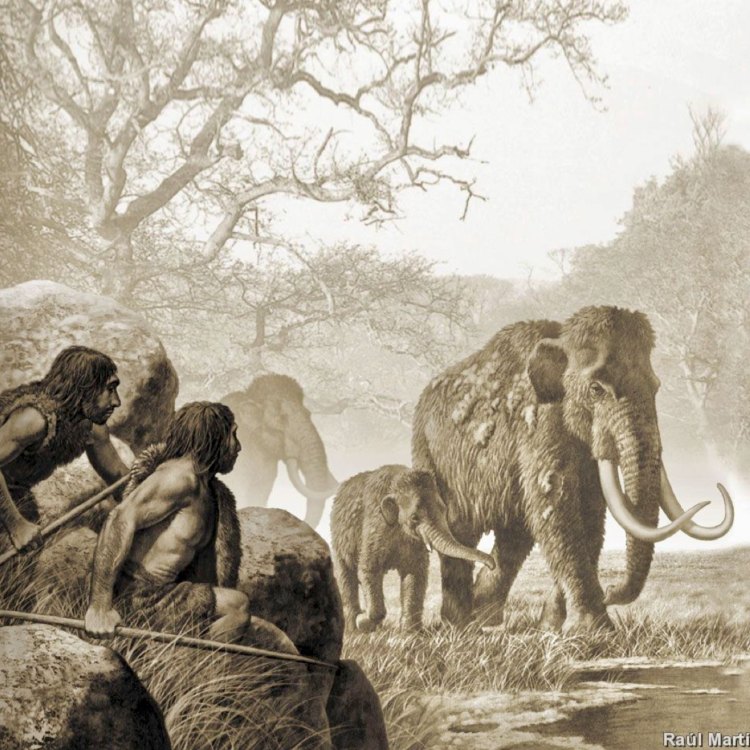
The Mysterious Neanderthal: A Fascinating Species Lost to Time
Disclaimer: The content provided is for informational purposes only. We cannot guarantee the accuracy of the information on this page 100%. All information provided here may change without prior notice.



